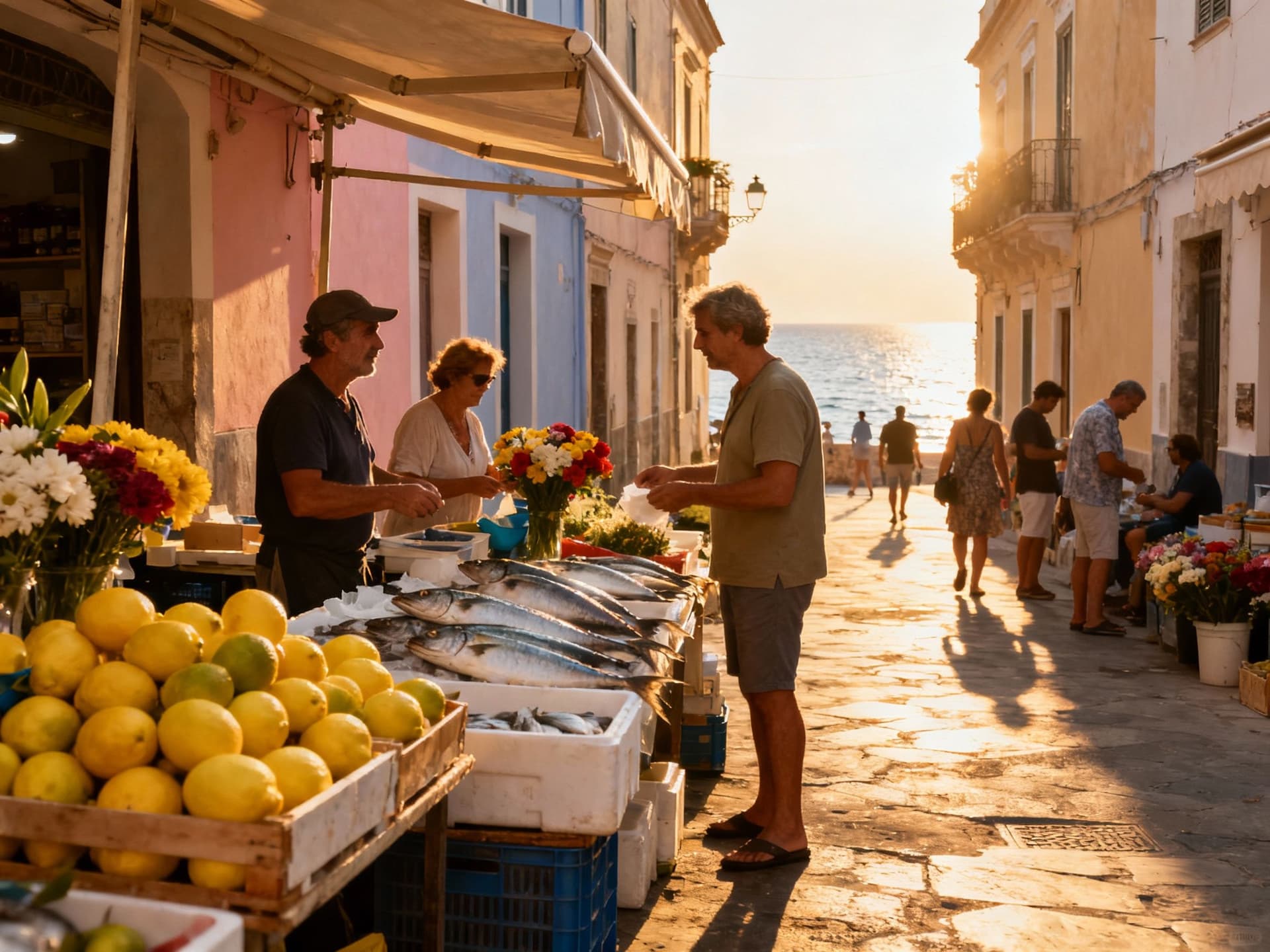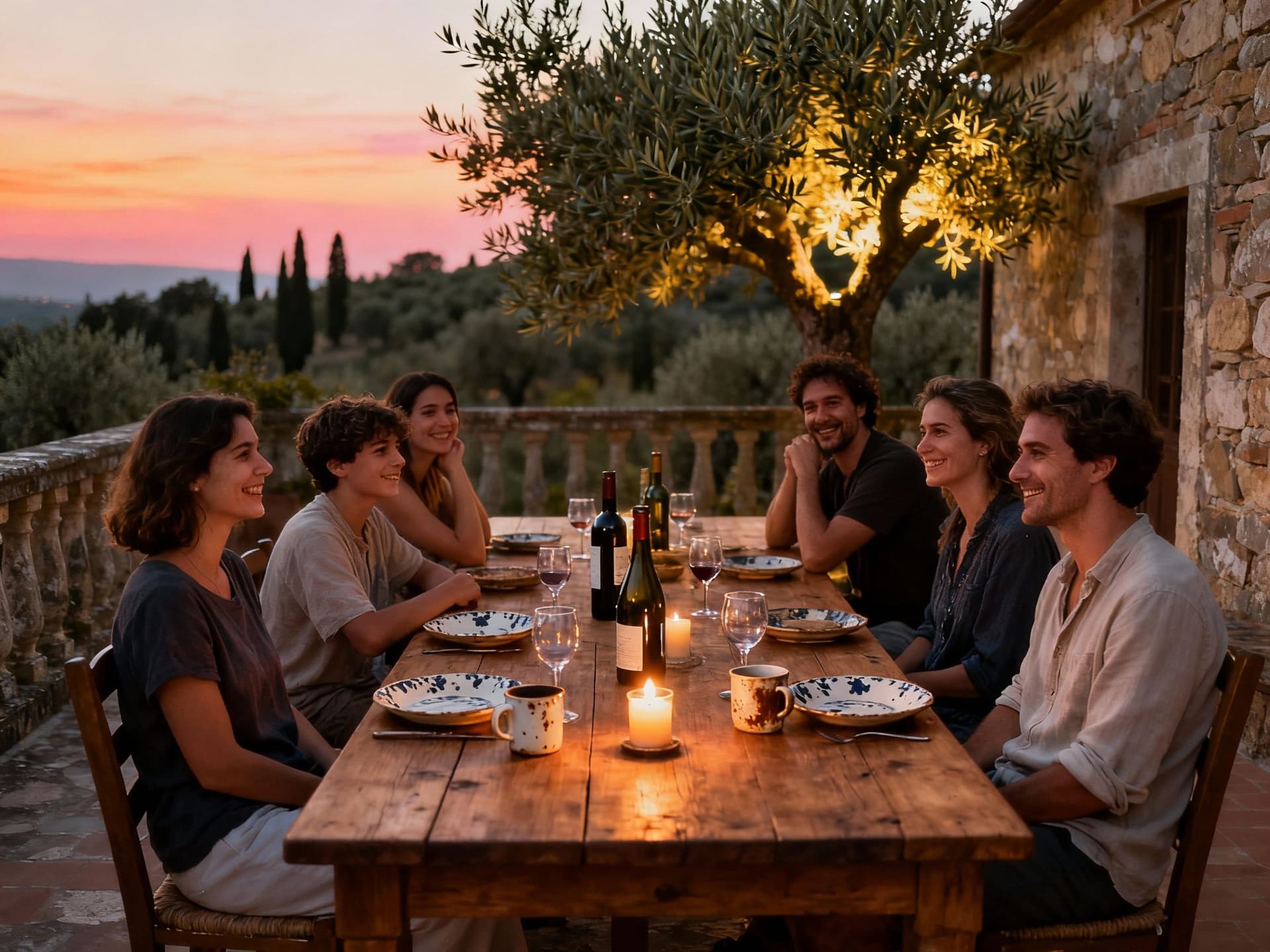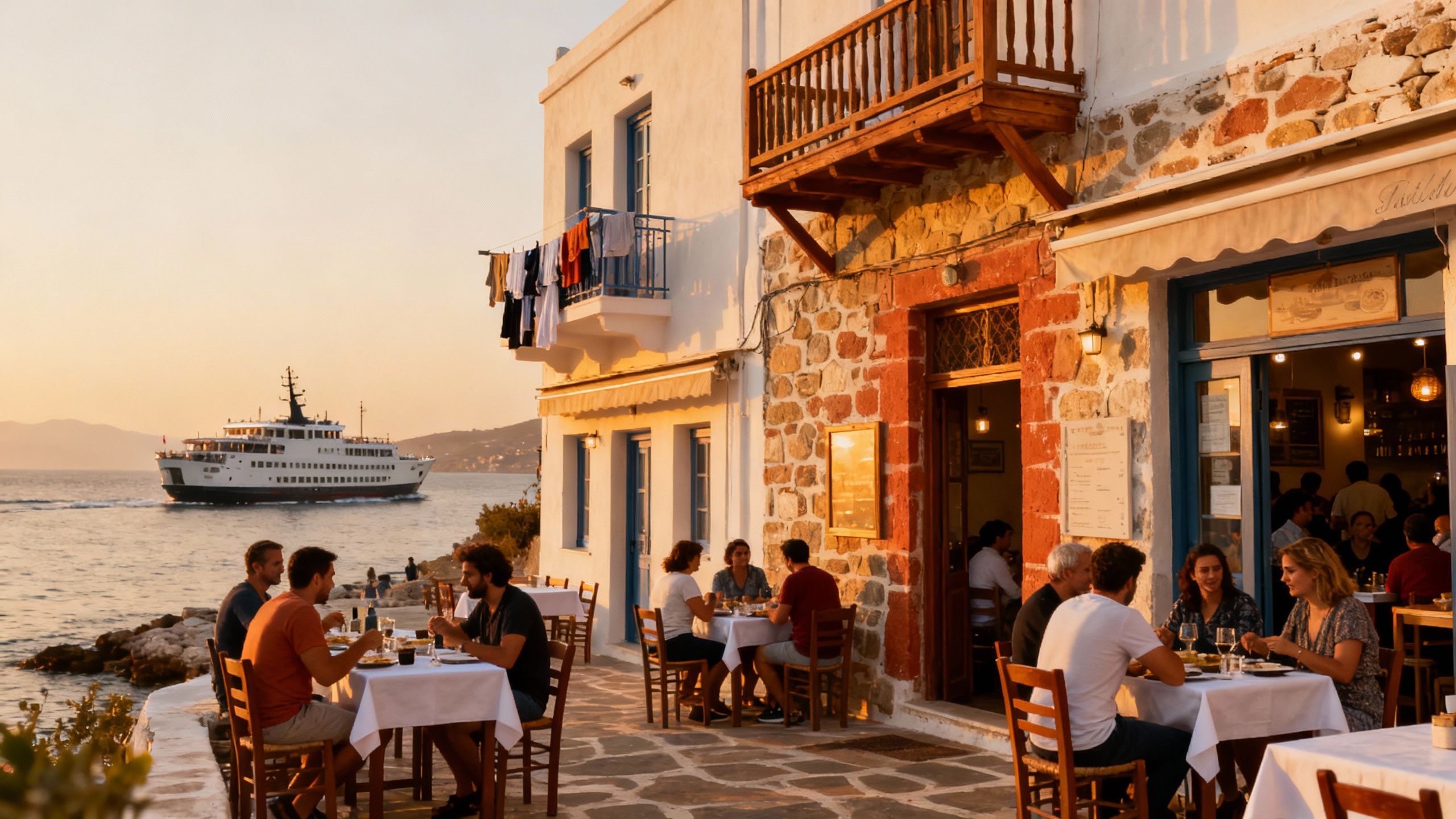Italy: Live the Neighbourhood, Back It with Data
Italy’s neighbourhoods trade in rituals — markets, cafés and seasons — and the smartest buyers pair that lifestyle with local data, shoulder‑season visits and bilingual advisors.
Imagine morning espresso at a corner bar in Trastevere, a late-afternoon market haul in Florence’s Oltrarno and a weekend ferry to the Amalfi cliffs. Italy moves at the pace of cobbled streets, family-run bakeries and public squares that double as living rooms — a rhythm that shapes where people choose homes as much as price per square metre. For international buyers, that rhythm is the investment: lifestyle and livability married to regional market cycles and legal quirks. Recent market signals show investors shifting attention across cities — and that means opportunity for buyers who pair a love of place with local data and trusted advisors. (See Reuters analysis on shifting investor flows).
Living the Italy life: neighbourhoods that define days

Italy is a patchwork. In city centres you hear church bells and tram brakes; on the coast you smell lemon groves and salt; in hilltop towns evenings unfurl slowly over long dinners. Seasonality matters: summer pulses with tourists on the Amalfi Coast and Cinque Terre, while autumn and spring reveal quieter, more local rhythms ideal for house hunting. Inflation and macro trends also shape affordability; national statistics and local price movements should sit alongside the lifestyle picture when you compare neighbourhoods. (Reference: ISTAT).
Rome — Trastevere to Prati: historic intimacy, modern conveniences
Live in Trastevere and you’ll trade quiet nights for lively piazzas; choose Prati and you’ll prioritise wide boulevards and schools. Rome’s recent planning and investment push has widened the buyer set: investors target larger regeneration projects while lifestyle buyers favour neighbourhoods with markets, small parks and short commutes to the historic centre. Expect a mix of restored period flats and modern conversions around transport hubs — and differing rental dynamics if you plan to let.
Milan & Florence — design, canals and quieter alternatives
Milan’s Brera and Navigli are energetic but expensive; buyers often look to Porta Romana or suburban nodes for space and value. Florence’s Oltrarno and San Frediano offer artisan culture and more outdoor room than the Duomo district. For lifestyle-focused buyers, these areas deliver walkability, cafés that open early and community markets — and the architecture affects running costs, from high ceilings and thick stone walls to terraces that need winterproofing.
Coast & countryside — Amalfi cliffs, Ligurian coves, Tuscan hills
Coastal towns like Positano or Portofino sell a postcard life — ferry commutes, lemon markets, steep lanes — but come with seasonal crowds and higher maintenance costs. Inland Tuscany or Puglia offer slower, farm-to-table living and different renovation realities: stone farmhouses, olive terraces and wells to maintain. Think about access: steep seaside roads increase service costs; hilltop villas may require generators or well upgrades. Lifestyle is tactile here: boat moorings, weekend markets and terrace dinners shape both daily living and long-term value.
Making the move: practical considerations that match the life

Lifestyle must meet paperwork. Italy’s buying process blends local bureaucracy with regional variation: cadastral searches, notaio sign-off and registration taxes differ by property type and buyer residency. Work with a locally registered agent and a bilingual notary. Ask for recent energy certificates (APE), building history and any condominium minutes. Practicalities — elevator access in a 19th-century palazzo, sea-spray exposure on a terrace, or road maintenance for cliffside homes — determine real daily costs and influence resale appeal.
Property styles: what you’ll actually live in
From compact centro storico flats with exposed beams to modern Milanese lofts and rustic stone masserias, each style dictates lifestyle needs: heating and insulation in older buildings, apartment strata rules in historic centres, or landscape maintenance in rural estates. Think beyond aesthetics: storage for bicycles, outdoor cooking spaces, and private parking often matter more to daily life than an extra bedroom.
How to combine lifestyle and due diligence
1. Visit in shoulder seasons (Apr–Jun or Sep–Oct) to see authentic rhythms before offers. 2. Check condominium minutes and building maintenance history for recurring expenses. 3. Commission a structural survey and an APE energy report before signing. 4. Confirm water, road access and parking arrangements for coastal or hilltop homes. 5. Work with a bilingual lawyer and a notaio to clarify taxes and registration steps.
Insider knowledge: expat realities and surprising local truths
Expat life often starts with small surprises: shop closures on Monday mornings, siesta-like pauses in smaller towns, and the value of learning basic Italian for smoother bureaucracy. Locals prize relationships — your estate agent’s network, the building super (portinaio) and the neighbourhood barista matter. A less obvious truth: the neighbourhood everyone warns you away from can be a quieter, more affordable option if you prioritise community over glossy façades; gentrification patterns change rapidly in Italian cities.
Cultural integration and daily life
Make space for local rituals: morning market runs for fruit and bread, aperitivo hour that stretches into dinner, and festival days that close streets but enliven community ties. Join a language exchange, volunteer at a market stall or take a cooking class — these practical steps build social capital that eases living and can help when negotiating neighbourhood-level issues like parking or renovations.
Long-term lifestyle: what matures after you move
The first year shows you the calendar: busy tourist seasons, municipal repair cycles and windows for renovations. Over five years you’ll see community patterns — local schools, seasonal rental demand, and infrastructure projects that shift convenience and prices. Think of purchase decisions as lifestyle commitments: will local services and neighbours still match the life you imagined in 3–5 years?
Lifestyle-led checklist for viewing properties • Test morning and evening noise levels on multiple days • Buy near the weekly market if fresh food matters to you • Confirm mobile and broadband coverage if you work remotely • Ask neighbours about winter road clearing and summer parking • Compare energy bills for older stone buildings versus modern builds
Italy offers a rare blend: everyday rituals that make life feel anchored, and a property market that rewards locality knowledge. Start with the life you want — the café, the commute, the weekend beach or vineyard — then use local data and accredited advisors to translate that into a property choice. Speak to a bilingual agent, commission the right surveys, and visit outside peak season; you’ll arrive prepared to buy the life as much as the asset.
Next step: shortlist three neighbourhoods that fit your daily rituals, book shoulder-season visits, and ask agents for running-cost data (condominium fees, heating, maintenance). If you’d like, we can connect you to vetted Italian agents who specialise in lifestyle-led purchases across Rome, Milan, Florence and the Amalfi/Tuscany corridors.
Swedish strategist who relocated to Marbella in 2018. Specializes in legal navigation and tax planning for Scandinavian buyers.


